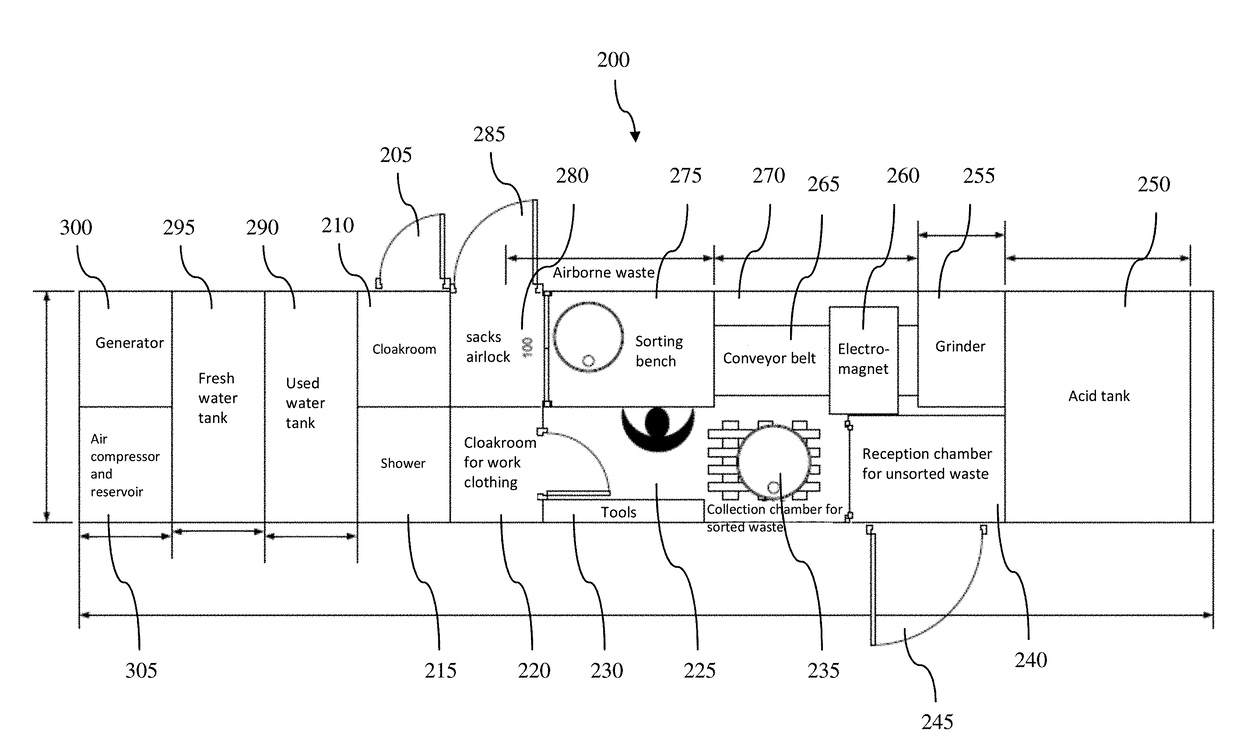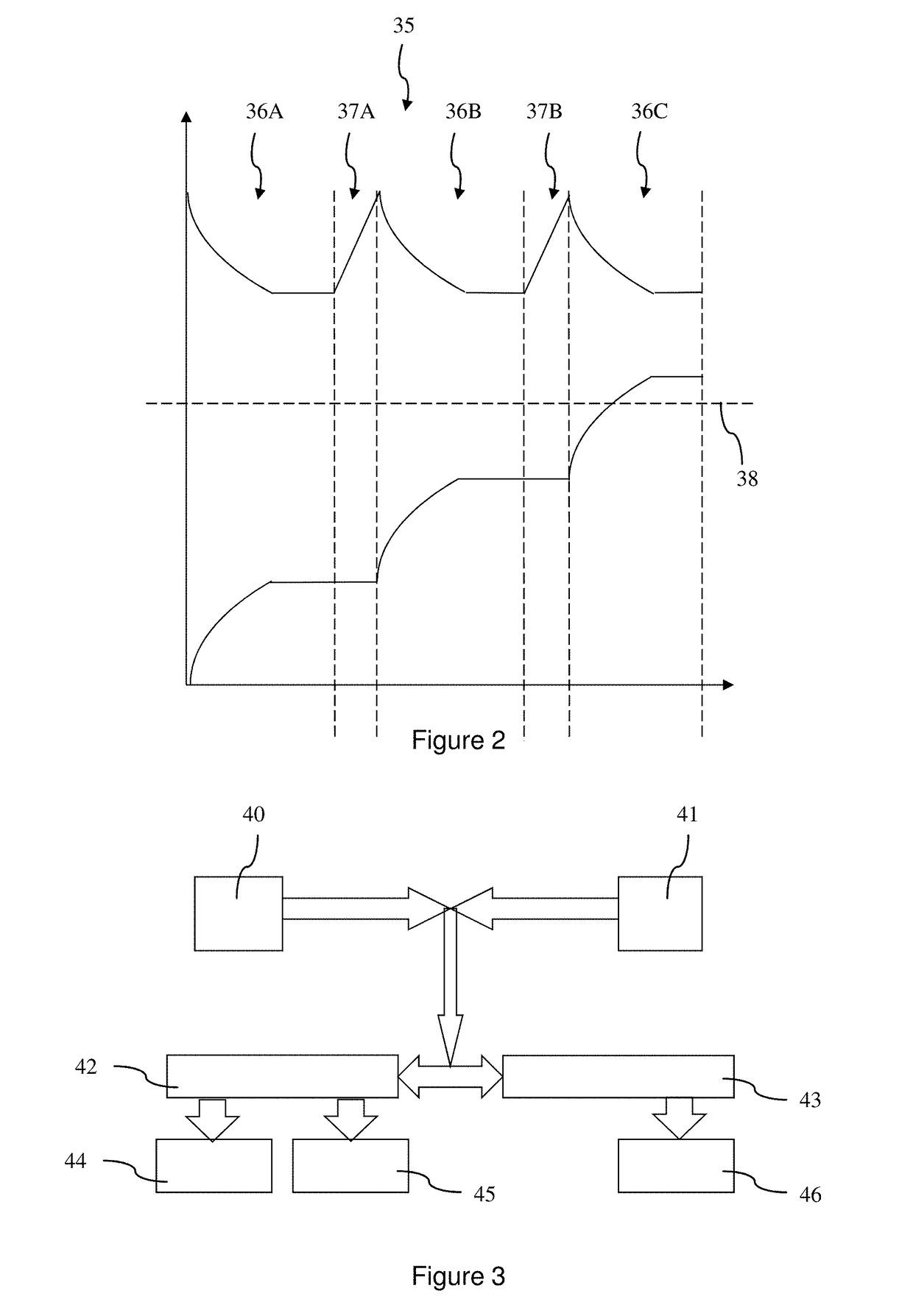Method and stationary or movable device for neutralizing and recycling asbestos waste
a technology of asbestos waste and neutralizing device, which is applied in the direction of ph-change processes, chemical instruments and processes, and silica compounds, etc., can solve the problems of asbestos waste being considered dangerous industrial waste, asbestos containing waste, and fibrous or cancerous formation, so as to speed up the neutralization of asbestos waste and reduce the size of was
- Summary
- Abstract
- Description
- Claims
- Application Information
AI Technical Summary
Benefits of technology
Problems solved by technology
Method used
Image
Examples
Embodiment Construction
OF REALIZATION OF THE INVENTION
[0105]The present description is given in a non-limiting way, each characteristic of an embodiment being able to be combined with any other characteristic of any other embodiment in an advantageous way. In addition, each parameter of an example of realization can be utilized independently from the other parameters of said example of realization.
[0106]It is now noted that the figures are not to scale.
[0107]FIG. 1, which is not to scale, shows a schematic view of an embodiment of the asbestos waste neutralization device 10 that is the subject of the present invention. In FIG. 1, the thicker arrows represent matter flows and the thinner arrows represent data flows.
[0108]The device 10 comprises an acid tank 23. Preferably, the acid contained in the tank is sulfuric acid, chemical formula H2SO4.
[0109]The device 10 comprises a vat or reactor 16 containing a diluted acid solution, into which the waste containing asbestos is dipped, neutralizing the asbestos. ...
PUM
| Property | Measurement | Unit |
|---|---|---|
| Length | aaaaa | aaaaa |
| Size | aaaaa | aaaaa |
| Chemically inert | aaaaa | aaaaa |
Abstract
Description
Claims
Application Information
 Login to View More
Login to View More - R&D
- Intellectual Property
- Life Sciences
- Materials
- Tech Scout
- Unparalleled Data Quality
- Higher Quality Content
- 60% Fewer Hallucinations
Browse by: Latest US Patents, China's latest patents, Technical Efficacy Thesaurus, Application Domain, Technology Topic, Popular Technical Reports.
© 2025 PatSnap. All rights reserved.Legal|Privacy policy|Modern Slavery Act Transparency Statement|Sitemap|About US| Contact US: help@patsnap.com



